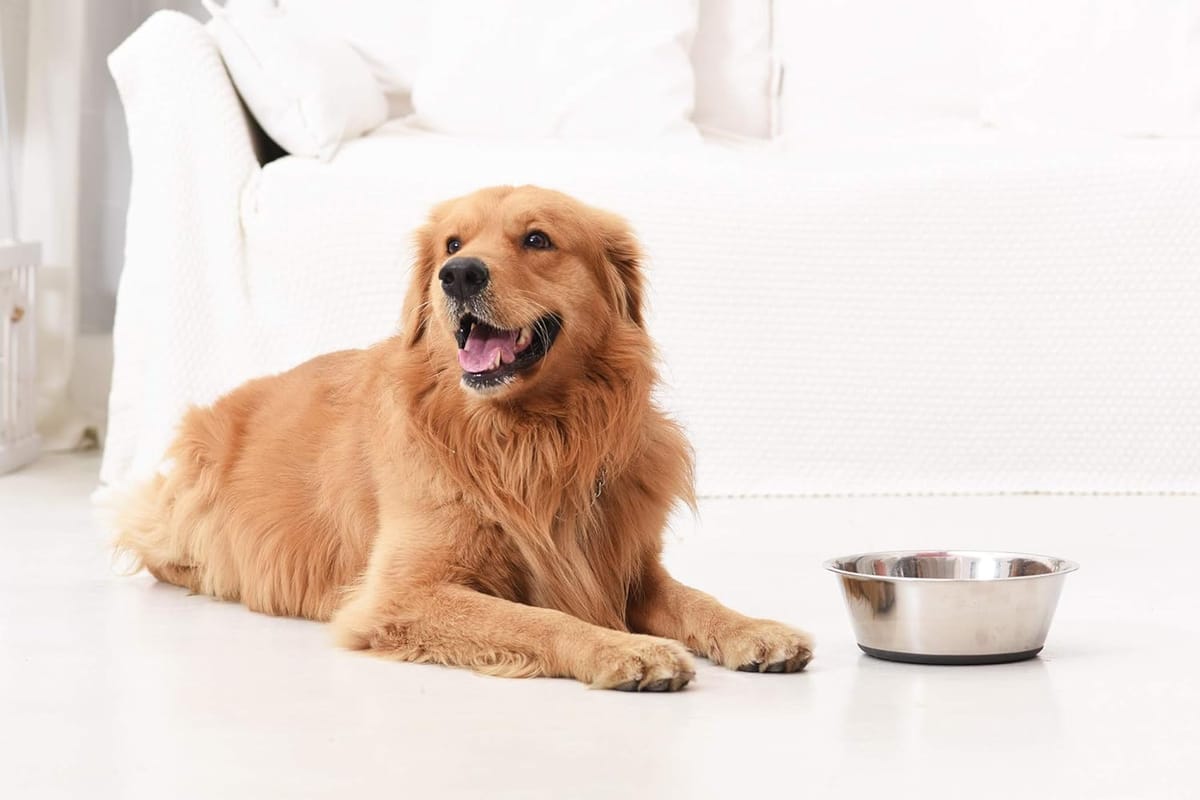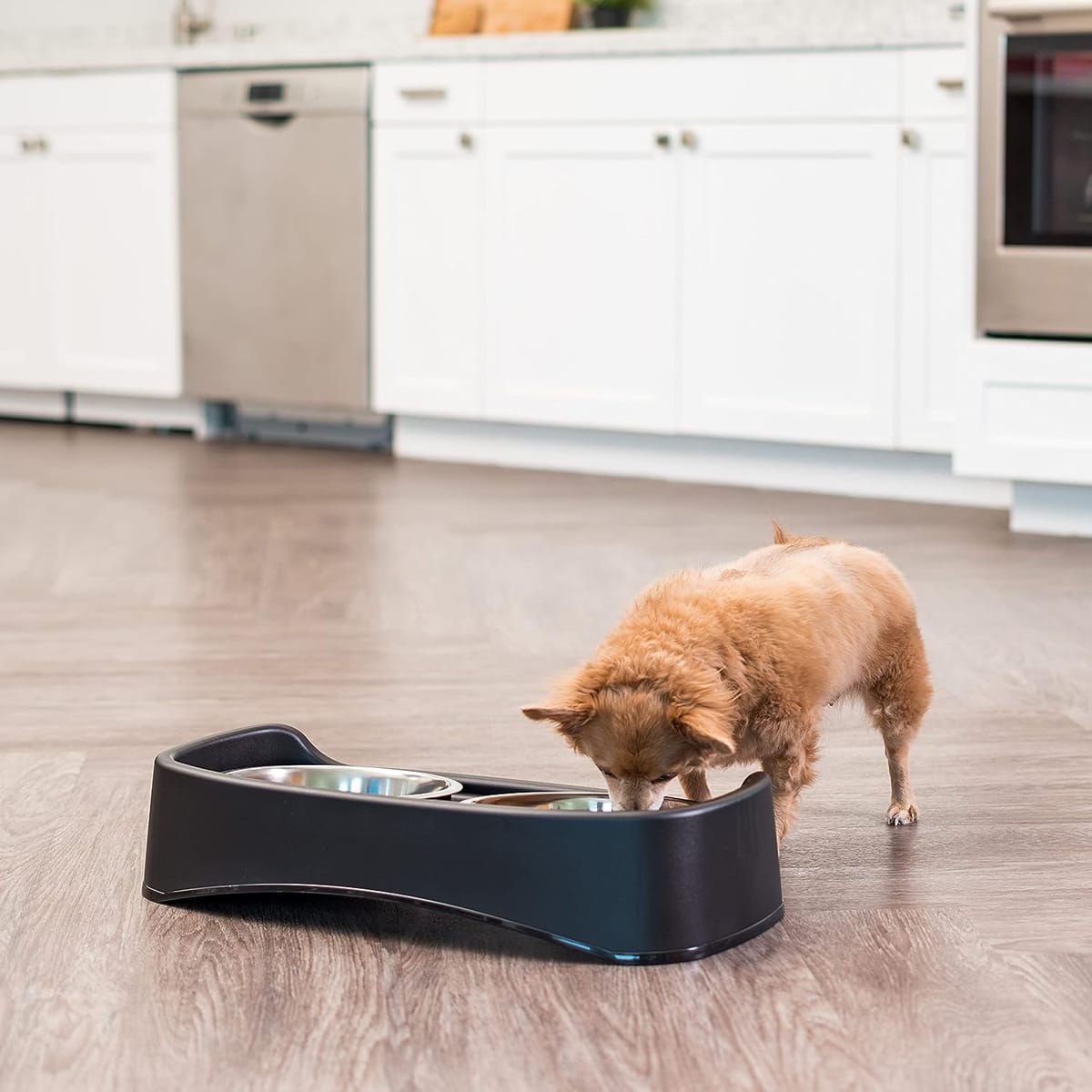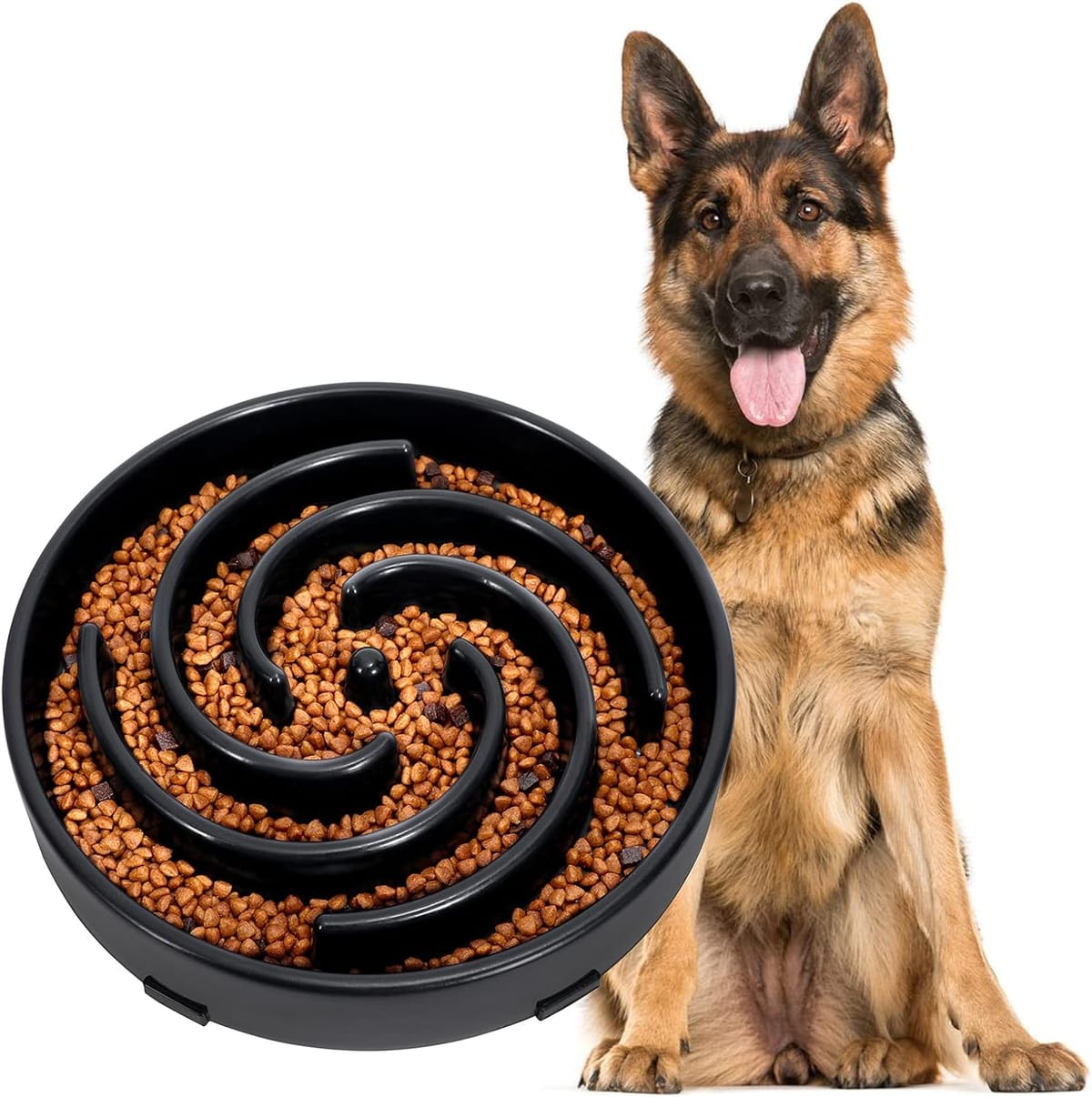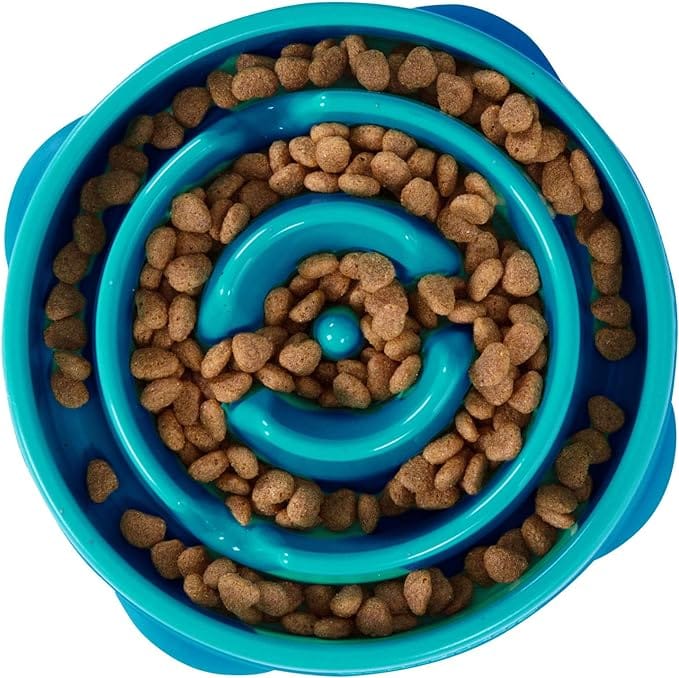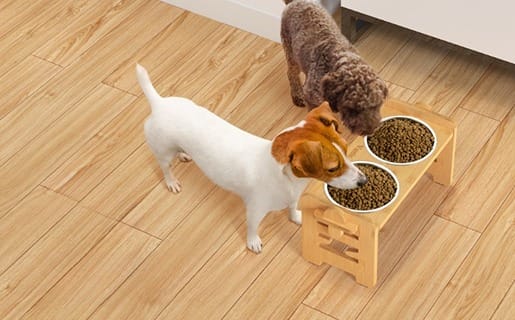Key Takeaways:
- Elevated dog bowls can help improve posture and reduce joint pain in dogs.
- Raised feeding solutions may aid in digestion and slow down a dog's eating pace.
- Choosing the right height and type of elevated feeder is crucial for maximizing benefits.
Elevated dog bowls, also known as raised dog bowls or elevated feeders, have become increasingly popular among pet owners. These feeding solutions offer a range of benefits for dogs of all sizes, particularly for larger breeds and older dogs with mobility issues. In this article, we will explore the various advantages of using elevated dog bowls and how they can contribute to the overall well-being of your furry friends.
Understanding Elevated Dog Bowls

Elevated dog bowls are designed to raise the height of your dog's food and water bowls off the ground. They come in various heights, materials, and designs to suit different breeds and needs. The primary purpose of these raised feeders is to provide a more comfortable and natural eating position for dogs, which can lead to a host of health benefits.
Health Benefits: Joint Relief and Better Posture
One of the most significant elevated dog bowl benefits is the relief they offer to dogs with joint pain or arthritis. By raising the height of the bowls, dogs do not have to bend down as much, reducing the strain on their neck, shoulders, and hips. This can lead to better posture and less discomfort during feeding time, especially for larger dogs and certain breeds prone to joint issues.
Digestive Advantages: Aiding in Digestion
Raised dog bowls can also contribute to improved digestion. When a dog eats from an elevated feeder, the food travels more efficiently down the esophagus to the stomach. This natural stance can help prevent issues like acid reflux and can be particularly beneficial for dogs with conditions that affect their ability to swallow or digest food comfortably.
Slowing Down Eating Pace
For dogs that tend to eat too quickly, elevated dog feeders can help slow down their eating pace. Consuming food too fast can lead to problems such as choking, vomiting, and even bloat, a serious condition that can be life-threatening. Raised food bowls encourage dogs to eat at a more measured pace, which can help prevent these potential risks.
Customizing Elevated Feeding Stations


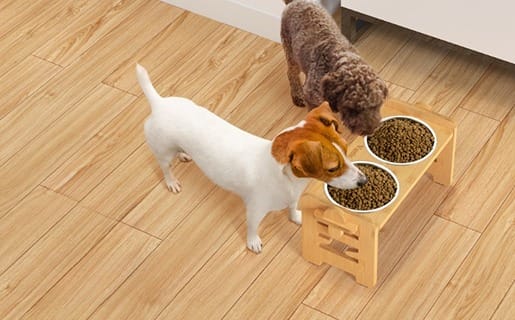
Elevated feeding stations are not a one-size-fits-all solution; customization is key to maximizing the benefits for your furry friend. For instance, the height of raised dog feeders should be tailored to match the shoulder height of your pet, ensuring a comfortable position that prevents neck strain and joint discomfort. This is particularly crucial for large breeds, which are more prone to such issues. By selecting a raised feeder that aligns with your dog's shoulders, you can promote improved posture and overall well-being.
Moreover, the design of the dog bowl stand can be adapted to suit the specific needs of your pet. Medium dogs and large dogs may require sturdier and more robust feeding stations to withstand their strength and prevent tipping. On the other hand, smaller breeds and cat bowls might benefit from a more compact and lower-raised food bowl. The vast majority of pet products on the market offer a variety of options, allowing dog owners to find just what they need to cater to their dog's breed and size. The Impact of Raised Bowls on a Dog's Eating Behavior The introduction of a raised bowl to a dog's feeding routine can significantly alter their eating behavior. By elevating the food source to the level of the dog's shoulders, the need for the dog to stoop is eliminated, promoting a more natural and upright eating posture. This can lead to a more relaxed and focused mealtime, as the dog is less likely to be distracted by the need to adjust its stance continuously. The raised dog feeder thus encourages a calmer eating environment, which can be particularly beneficial for dogs that tend to eat rapidly or competitively when food is placed at ground level.
Moreover, the elevation provided by an elevated food bowl can help regulate a dog's eating pace. When the bowl is raised, dogs are less inclined to gulp their food, reducing the risk of choking and bloat, a serious health condition. This slower pace of eating can also enhance the dog's ability to chew food thoroughly, leading to better digestion. Dog owners can observe the changes in their pets' eating habits and make adjustments to the height of the feeding station as necessary to further optimize their dog's eating behavior.
Choosing the Right Elevated Bowl for Your Dog's Breed Selecting the appropriate elevated dog dish is crucial and should be tailored to the specific needs of the dog's breed. Larger breeds, for example, will benefit from a higher-raised dog feeder that aligns with their shoulder height, minimizing strain on their neck and back. This consideration ensures that the dog maintains a comfortable posture while eating food, which can be particularly important for breeds prone to musculoskeletal issues. On the other hand, smaller breeds may require a more modest elevation to achieve the same ergonomic benefits without the risk of the bowl being too high, which could lead to discomfort or aversion to the feeding station.
In addition to height, the capacity and depth of the pet bowls should be considered for the dog's breed. Breeds with larger jaws may require bowls that can hold a greater volume of dog food, ensuring that their nutritional needs are met without the need for constant refilling. Conversely, breeds with smaller mouths will be better served by shallower bowls that prevent strain and allow easy access to their meals. A dog owner must take into account these breed-specific factors when choosing an elevated dog food bowl to provide the utmost comfort and benefit to their canine companion.
Integrating Elevated Bowls into Daily Routines
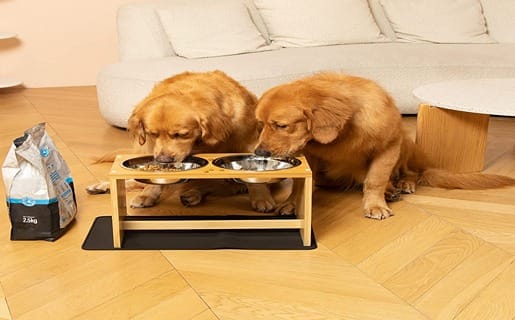
Integrating elevated bowls into your dog's daily routine can have a profound impact on their health and happiness. By positioning the dog's food and water bowl at an elevated level, you encourage a healthier eating posture, which can prevent bloat and aid in digestion. Raised bowls also make it easier for your pet to reach food without the need to bend down to floor level, which is especially beneficial for older dogs with mobility issues or those recovering from surgery.
In addition to health benefits, elevated dog dishes can contribute to a more orderly feeding area. Raised dog bowl stands often come with features such as non-slip feet or weighted bases, which help keep the feeding stations in place during meal times. This can significantly reduce the mess created by dogs who enthusiastically dive into their meals, as the elevated food bowls are less likely to be pushed around or flipped over. For dog owners, this means less time spent cleaning up after their pet and more quality time enjoying their companionship.
Hygiene and Cleanliness
Elevated feeding bowls can also contribute to a cleaner feeding area. By keeping the dog food bowls off the floor, it's less likely that dirt, dust, or insects will contaminate your dog's food and water. Additionally, raised feeders can help minimize spills and messes, as dogs are less likely to knock over their bowls when they are at a more comfortable height.
Suitability for Different Dog Sizes
When considering elevated dog bowls, it's essential to choose the right height for your dog's breed and size. Small dogs may only need a slight elevation, while large breed dogs will benefit from higher-raised feeders. It's crucial to ensure that the bowls are at the correct height so that your dog can eat and drink comfortably without having to reach up or stoop down.
Material Considerations: Stainless Steel Bowls and More
The material of the elevated dog bowl stands and dishes is another important factor. Stainless steel bowls are a popular choice due to their durability and ease of cleaning. However, there are also options like ceramic, plastic, and even wooden stands that can match your home decor while providing the same benefits.
Potential Risks and Precautions
While there are many elevated dog bowl benefits, pet owners should also be aware of potential risks. If the feeder is too high, it can cause discomfort or even lead to injury. It's important to observe your dog's behavior and make adjustments as needed to ensure a comfortable eating experience.
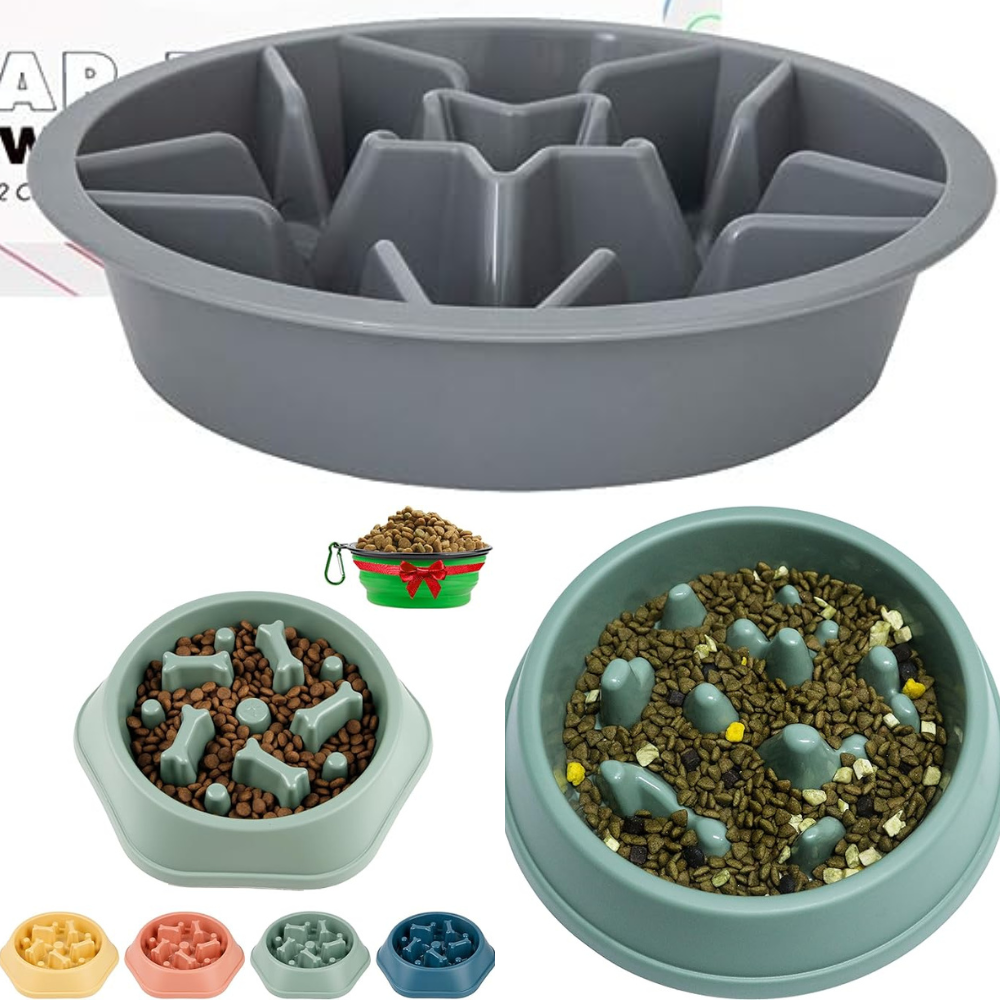
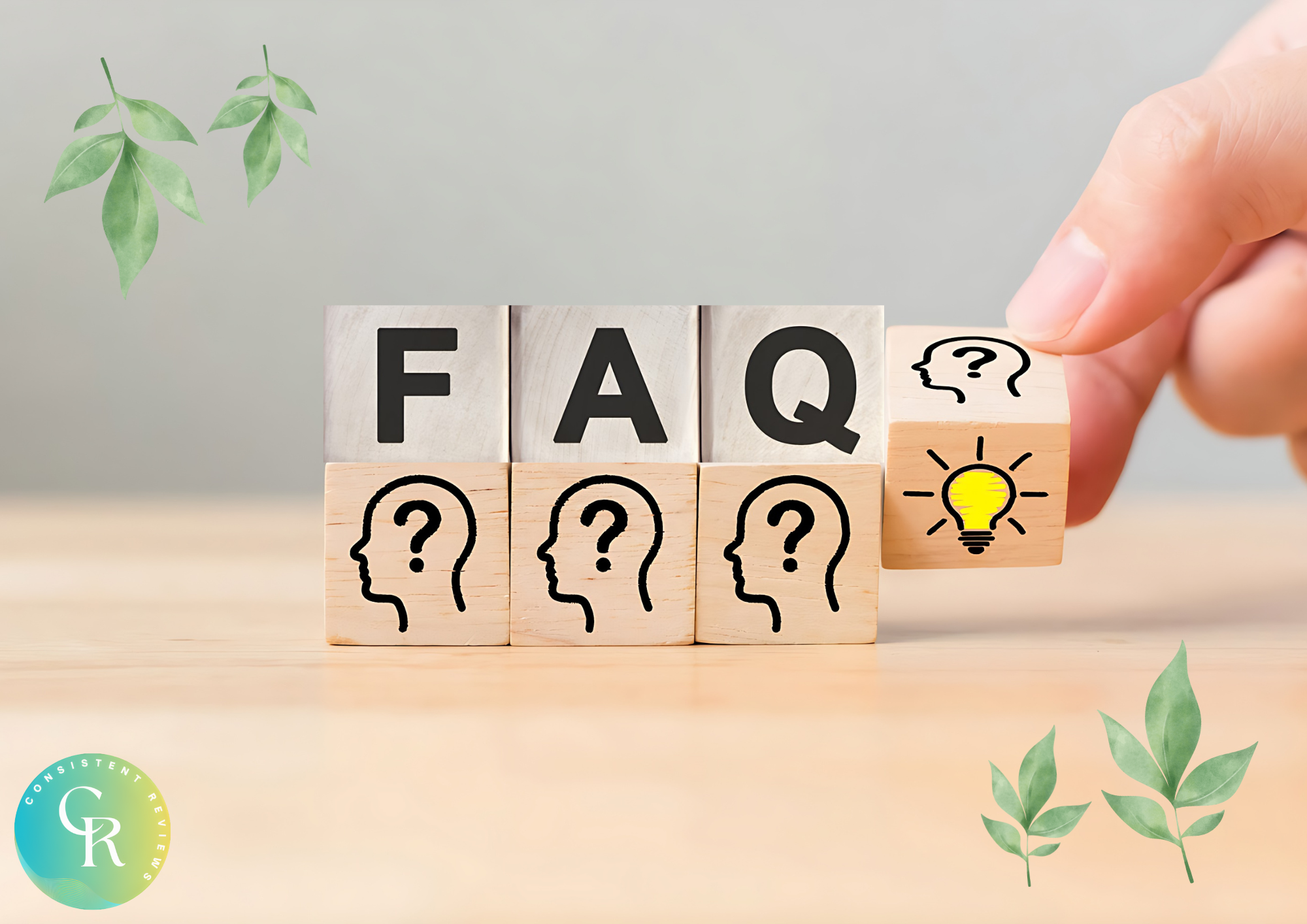
Are elevated dog bowls suitable for all dog breeds?
Elevated dog bowls can benefit most dog breeds, but the height of the feeder should be tailored to the specific size and needs of your dog. Larger breeds and dogs with joint issues often gain the most advantage from raised feeders.
Can elevated dog bowls help with digestion?
Yes, elevated dog bowls can help improve digestion by allowing food to travel more smoothly from the mouth to the stomach, reducing the risk of digestive issues.
How do I choose the right height for an elevated dog bowl?
The right height for an elevated dog bowl should allow your dog to eat without having to reach up or stoop down. A general guideline is to measure from the floor to your dog's shoulder and subtract six inches to determine the ideal height for the feeder.

Elevated dog bowls offer a range of benefits that can enhance the feeding experience for dogs of all sizes. They promote better posture, reduce joint strain, improve digestion, and slow down a dog's eating pace. Additionally, they contribute to a cleaner feeding area and can be found in various materials to suit any home. However, it's crucial to select the appropriate height and type of elevated feeder to avoid any potential risks.
